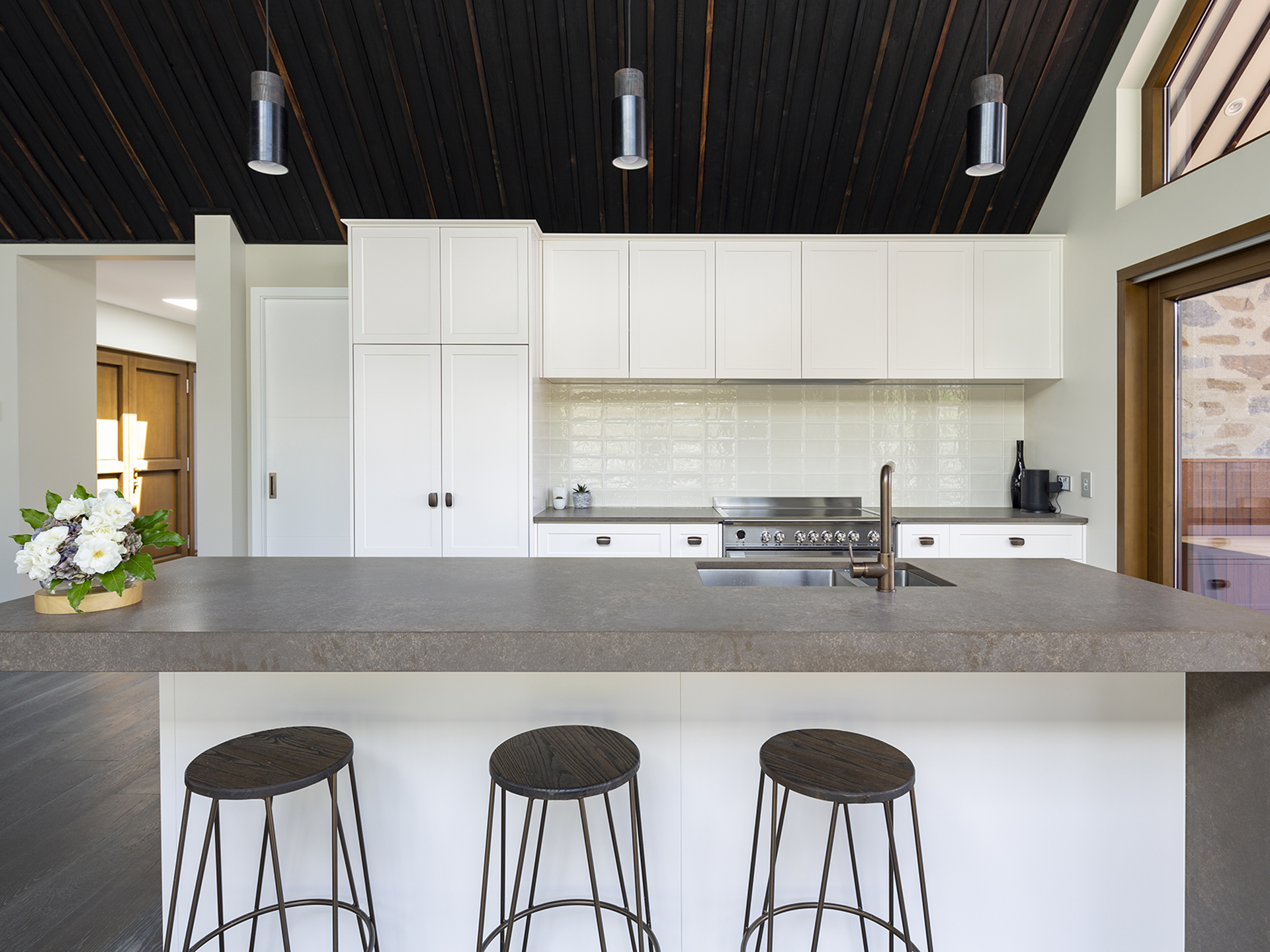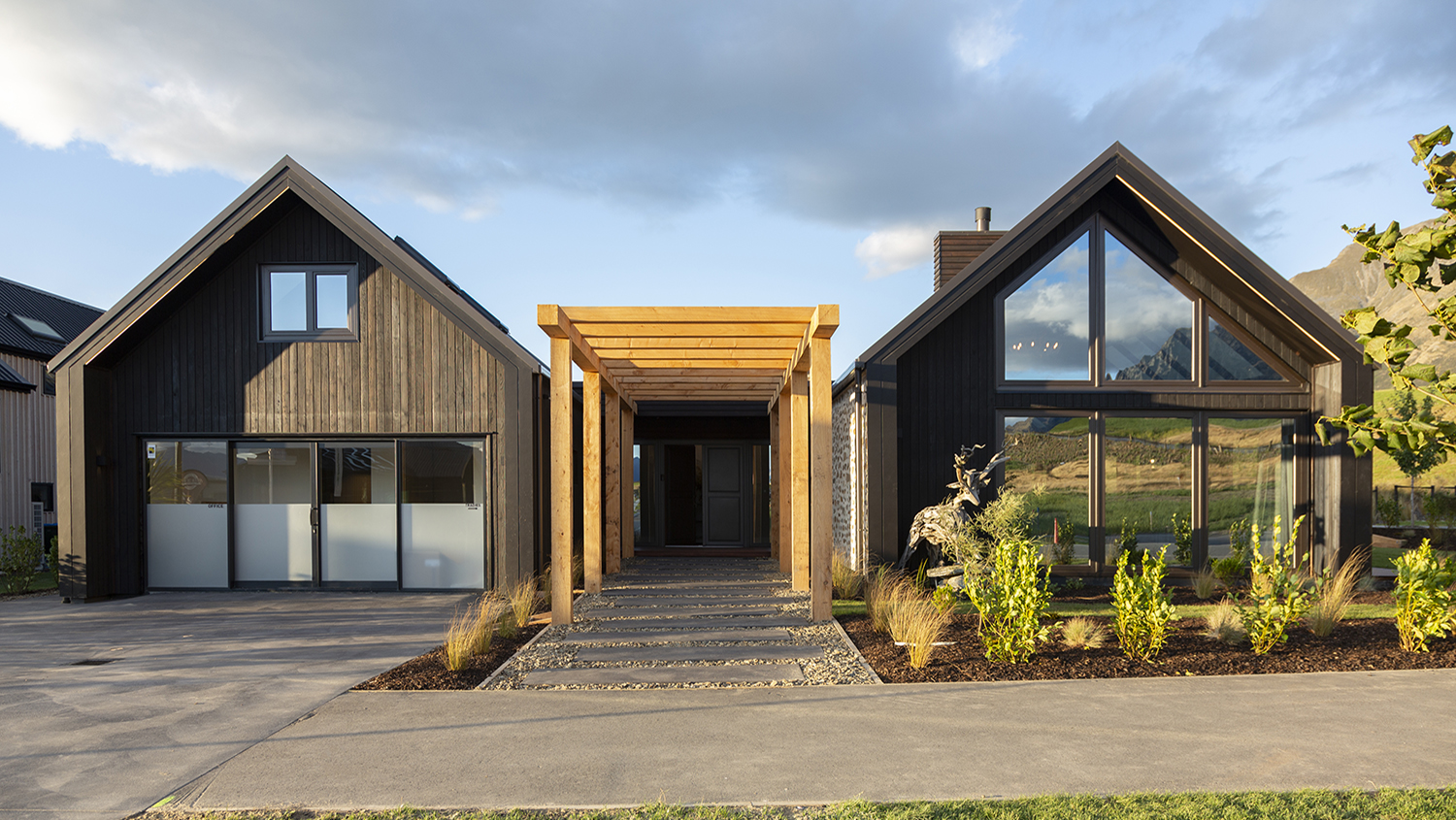As more Kiwis choose to build new homes, increasingly they want more out of them.
They aspire to live in homes that are not only comfortable, but homes that make life easier and more enjoyable too.
PDL by Schneider Electric has become the go-to for New Zealand builders when it comes to creating homes that exceed clients’ expectations. Its extensive range of residential electrical solutions encompasses switches and sockets for a range of interior styles, through to smart home automation. Designed for the Kiwi way of life, PDL’s products have been in New Zealand homes for more than 80 years and come with the support of its renowned global parent brand.
David Reid Homes Queenstown looks to PDL by Schneider Electric to add quality and value to its impressive builds. Director Fraser Mackenzie says they choose its products for their innovation and reliability, coupled with the outstanding back-up support from the Schneider Electric team and the satisfaction of their own clients with the results.



Smart living at Hanley’s Farm
The David Reid showhome in Hanley’s Farm is one of the company’s latest projects, where Schneider Electric’s products have helped to create a spectacular home that makes smart living simple.
The new four-bedroom house enjoys mountain views and its distinctive design echoes the alpine surrounds, with a stone exterior and use of bagged schist and timber detailing inside. Created for today’s modern lifestyle, it includes extensive interior and landscape feature lighting, a wine cellar, indoor and outdoor fireplaces and a hot tub.
PDL Iconic and Iconic Styl switchgear add a stylish touch throughout while managing the property is made easy with Schneider Electric’s C-Bus smart home automation, whether the owners are at home or out of town. The microprocessor-based wiring system can control and automate virtually any type of electrical load from lighting to blinds, heating to home security or audiovisual systems. It gives instant access to any electrical feature linked to it from a discreet eDLT wall screen, or via a smartphone app.
Fraser Mackenzie says more people are interested in adding some level of smart home automation to their builds and C-Bus offers flexibility and scalability in an easy-to-use system. He says that for clients from around New Zealand (and sometimes further afield) who use their Queenstown properties as second or third homes, the remote access that C-Bus provides is game-changing.
“The biggest thing is helping people to understand what exactly C-Bus is and how it can benefit them,” he says. “It interlinks with everything, so C-Bus can control the whole house if you want it to, from wherever you are. It’s really simple and offers lots of options.”

C-Bus – the smart home solution
With the average home having a wider range of electrical features than ever before, C-Bus is a way to streamline daily life and manage the elements that are now becoming commonplace in many new homes.
Additional feature lighting such as kitchen pendants, kitchen cabinetry, artwork spotlights, or hallway downlights, as well as landscape lighting, indoor and outdoor fireplaces, blinds, security cameras and electronic gates are all increasing in popularity and affordability.
Mackenzie says he considers C-Bus a fantastic product and would recommend for any build starting from the $600-700k range, while Ryan Jones of Custom Digital, which carried out the C-Bus installation in David Reid Homes Queenstown Hanley’s Farm Showhome, says they’re putting C-Bus into more 2-3 bedroom builds now as well.
“C-Bus has come out with more switches and more options, so it’s becoming more affordable and more expected now,” says Jones. “Home automation is on the tip of everyone’s tongue and they want to at least know about it and be educated about it.”
While the smart home automation of a decade ago could run into the tens of thousands of dollars and require costly maintenance, a wiring system like C-Bus can be installed for a fraction of that and be upscaled as required.

Life made simple
With C-Bus wiring doing all the work in the background, the homeowner can control activation, dimming or timing of different elements through the proximity activated eDLT wall screen. Or if they’re in another room, outside, or even away from home, they can have the same control through an app on their smartphone.
Jones says the sleek light switch-sized C-Bus eDLT is a big advantage as it eliminates the need for banks of switches or a messy stack of remotes around the house. “In a standard wired system you can have multiple switches dotted everywhere, what’s known as ‘wall acne’,” he explains. “Whereas the eDLT is very slick and is easier for the client too, because we can dynamically label all the buttons. It’s about simplifying the modern home and getting away from lots of buttons and lots of confusion.”
Fraser Mackenzie agrees that C-Bus adds so much to the liveability of a home. “You don’t have to walk from one side of the house to the other to try and make everything work. You walk up to the little panel, wave your hand and the screen comes to life with access to all your lighting and anything else you might want.”
C-Bus can also combine elements for easier day-to-day living. “You can link features to create ‘scenes’,” explains Jones. “So instead of having to turn on and dim your dining lights and then individually turn on your indoor and outdoor feature lights you can have a ‘Dining Scene’ that does all that with one button push.”
